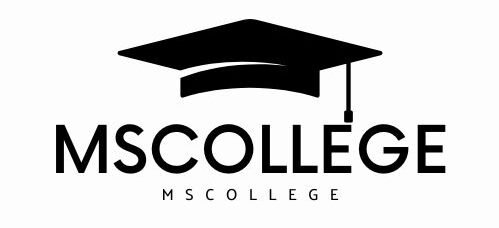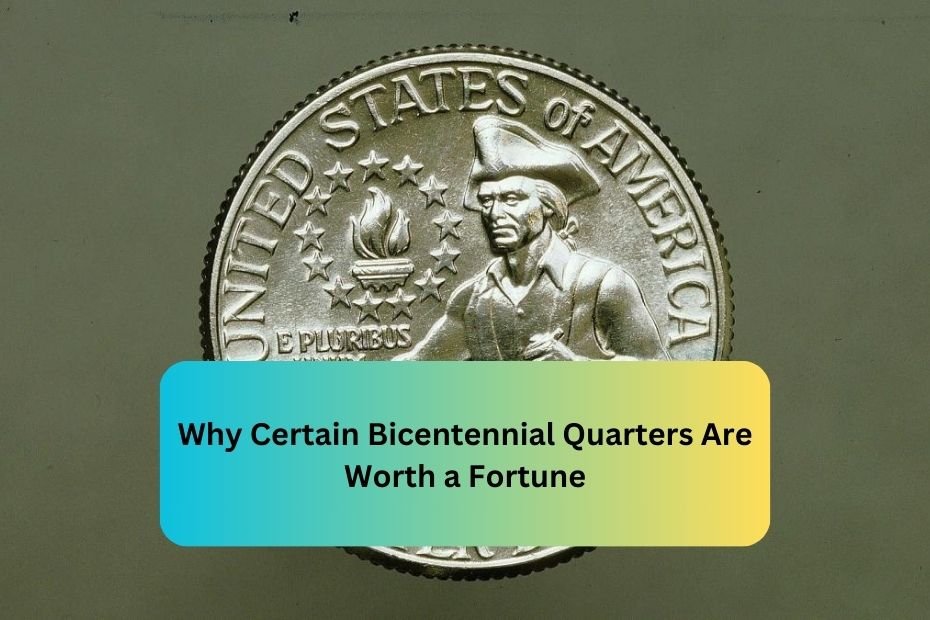In 1976, to celebrate the United States’ 200th anniversary of independence, the U.S. Mint released a special series of coins known as Bicentennial Quarters. These coins are not just nostalgic keepsakes but have become valuable collector’s items. While most Bicentennial Quarters are only worth face value, certain ones can fetch a fortune, depending on factors like rarity, condition, and unique minting errors.
In this article, we’ll explore the reasons why some Bicentennial Quarters are worth more than others and what collectors look for when determining their value.
1. Special Design Features
The 1976 Bicentennial Quarters were unique due to their design, differing from standard Washington Quarters. The U.S. Mint replaced the usual eagle design on the reverse side with an image depicting a colonial drummer and a torch encircled by 13 stars, designed by Jack L. Ahr.
Why is this significant?
Coins with distinctive or limited-time designs often become more desirable to collectors. The Bicentennial Quarter’s special design, only minted for a short period, makes it a standout among other quarters, thus increasing its potential value.
2. Minting Location and Production Year
Although all Bicentennial Quarters were released in 1976, they were minted over a two-year period (1975-1976) in three locations: Philadelphia (no mint mark), Denver (D mint mark), and San Francisco (S mint mark).
Mint Marks:
- No Mint Mark (Philadelphia): Standard circulation quarters.
- D Mint Mark (Denver): Also circulated, but Denver-minted coins have a higher demand due to fewer produced compared to Philadelphia.
- S Mint Mark (San Francisco): Proof coins made specifically for collectors. These are often more valuable, especially in perfect condition.
Why does this matter?
Coins minted in San Francisco and in certain quantities are much rarer than those from Philadelphia or Denver, giving them a premium in the market.
3. Silver Bicentennial Quarters
Most Bicentennial Quarters are made from copper and nickel, but the U.S. Mint also produced a limited number of special silver Bicentennial Quarters for collectors. These were part of special collector sets and contained 40% silver content.
Why are silver Bicentennial Quarters valuable?
Due to their limited minting and silver content, these coins are much rarer than their copper-nickel counterparts. In addition, silver coins tend to appreciate in value over time, particularly as silver prices rise.
Identifying Silver Quarters:
- Silver Content: Coins with an “S” mint mark from San Francisco in proof or uncirculated condition.
- Weight Difference: Silver quarters are slightly heavier than regular quarters due to the metal composition.
4. Coin Condition and Grading
Coin collectors often pay a premium for Bicentennial Quarters in pristine condition. Coins are graded on a scale from 1 to 70, with 70 representing a perfect, flawless coin. Coins in Mint State (MS) condition, meaning they have never been circulated, tend to be worth more.
Common Grades:
- MS-65 or higher: Coins in this range have few visible imperfections and can be worth significantly more.
- Proof Coins: Especially those graded PR-67 or higher are highly desirable for collectors.
Why does condition affect value?
Like any collectible, the better the condition, the more valuable the item. Coins that have avoided the wear and tear of circulation are much rarer and therefore more attractive to serious collectors.
5. Errors and Rare Varieties
Some Bicentennial Quarters are worth a fortune due to minting errors. Coin errors occur during the production process, resulting in rare variations that are highly sought after by collectors. Some error types include:
- Double Die: Coins where the design has been struck twice, resulting in a doubling of the image or text.
- Off-Center Strikes: Quarters that were not correctly aligned during the minting process.
- Clipped Planchet: A portion of the coin’s edge is missing due to a defect in the coin blank.
Why are error coins valuable?
Error coins are rare and unusual, often being one-of-a-kind or part of a small batch that was accidentally released. The uniqueness of these coins makes them much more valuable than standard Bicentennial Quarters.
6. Collector Demand
The value of any collectible ultimately depends on demand. Bicentennial Quarters hold a special place in the hearts of many collectors due to their historical significance and unique design. This nostalgic connection drives interest, especially among those who remember the Bicentennial celebrations.
As more people become interested in coin collecting, demand for rare and valuable coins, such as high-grade Bicentennial Quarters, continues to rise. The combination of limited minting, special designs, and potential silver content increases these coins’ desirability.
Conclusion
While most Bicentennial Quarters are still worth only 25 cents, certain coins can fetch much more due to factors like minting location, silver content, pristine condition, or rare errors. If you have a Bicentennial Quarter, it’s worth inspecting it carefully—especially if it bears an “S” mint mark, contains silver, or shows signs of unique minting errors. Collectors value these coins for their historical significance and unique designs, and with the right features, your Bicentennial Quarter could be worth a small fortune.
FAQs
1. How can I tell if my Bicentennial Quarter is silver?
Look for the “S” mint mark, indicating it was minted in San Francisco. Also, silver Bicentennial Quarters were only issued in special proof or uncirculated sets, not for general circulation.
2. What is the most valuable Bicentennial Quarter?
The most valuable are typically proof or uncirculated silver quarters in high-grade conditions, or those with rare minting errors like double die strikes.
3. How much can a Bicentennial Quarter be worth?
Depending on factors like condition, silver content, and rarity, Bicentennial Quarters can be worth anywhere from $5 to over $1,000.
4. Are all Bicentennial Quarters valuable?
No, most Bicentennial Quarters in circulation are worth only face value. However, coins in mint condition, made from silver, or containing errors can be worth much more.
5. Should I get my Bicentennial Quarter graded?
If your coin appears to be in excellent condition or has potential errors, getting it graded by a professional coin grading service can help determine its value and increase its resale potential.

